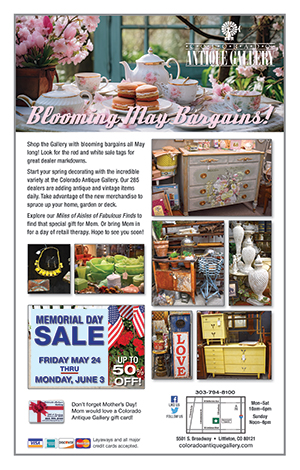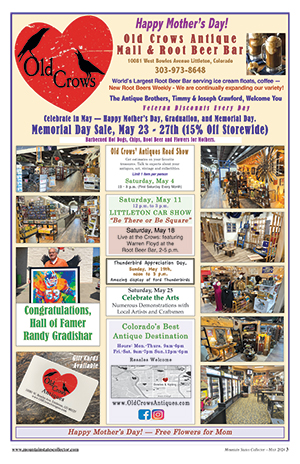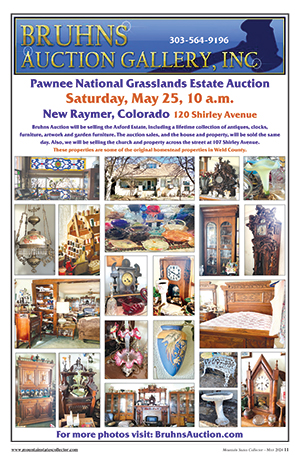 By Barb Azczek
By Barb Azczek American Political Items Collectors
Photos featuring political candidates have been very popular since 1860. Ferrotypes, also known as tintypes, were one of the earliest forms of photography. They are pictures on tin or iron in a decorative frame and were first used in the 1860 election. Since four candidates, including Abraham Lincoln ran in the 1860 race, ferrotypes became very collectible. That first campaign produced hundreds of different varieties of ferrotypes. The images are sensitive to light, so collectors need to careful in displaying them. Yet ferrotypes are otherwise indestructible.
Most ferrotypes picture the Presidential Candidate on the obverse and the Vice-Presidential Candidate on the reverse. The most valuable ferrotypes are those few that picture both the Presidential and the Vice-Presidential Candidates on the front of the piece. This is especially so in the 1860 campaign, where collectors strive to acquire a Lincoln-Hamlin, a Breckinridge-Lane, a Douglas-Johnson and a Bell-Everett.
Ferrotypes in the 1864 campaign are highly prized as well. In fact, Lincoln-Johnson ferrotypes are typically more valuable than Lincoln-Hamlin ferrotypes. McClellan and Pendleton were the Democrats opposing the Lincoln ticket. Also Fremont and Cochrane entered the fray briefly as standard bearers of the Radical Democracy Party.
In 1868 and in 1872 Civil War Hero General Ulysses S. Grant ran for President as a Republican, winning both elections. His ferrotypes with Colfax and Wilson, respectively are not as valuable as those made for the previous two elections. This lesser value is probably due to the greater number of ferrotypes produced for Grant’s two campaigns. Horatio Seymour, Grant’s 1868 opponent, also produced a large number of ferrotypes. Consequently his material is not as valuable as many other candidates. Horace Greeley, who ran as both a Liberal Republican and as a Democrat in 1872 against Grant produced ferrotypes that are highly prized. This is due to shorter supply and the unusual photographs of Greeley, featuring his strange whiskers or his characteristic black hat, or both.
Ferrotypes were produced for the memorable 1876 Centennial election, where the House of Representatives had to decide this extremely close election in favor of Rutherford B. Hayes over Samuel J. Tilden. The ferrotypes for this election are quite valuable, especially those picturing Hayes-Wheeler or Tilden-Hendricks on the front.
Ferrotypes were used in the 1880 election pitting James A. Garfield against former Civil War General Winfield Scott Hancock. Garfield won the election, but Hancock’s ferrotypes are more highly prized. There is a very valuable Hancock rebus piece, which has consists of a brass hand holding a cock above a photograph of Hancock. Ferrotypes were made for Cleveland and Harrison, but this type of artifact was hardly used beyond the Nineteenth Century. It was replaced by the more colorful celluloid button.
Celluloid buttons are certainly more widely collected by political collectors than ferrotypes, yet a great number of advanced political collectors pursue the ferrotype. The fact that one of the most popular and one of the most collectible Presidents, Abraham Lincoln, graced the face of many ferrotypes in the first campaign in which they were used is a big reason for the allure of ferrotypes to political collectors.

















Follow Us